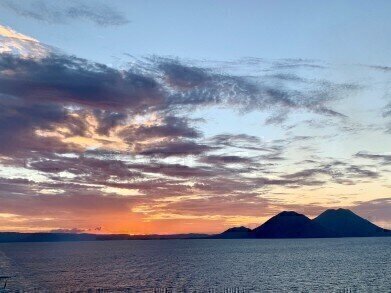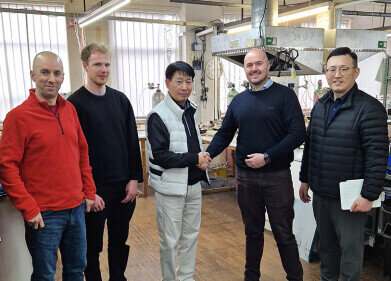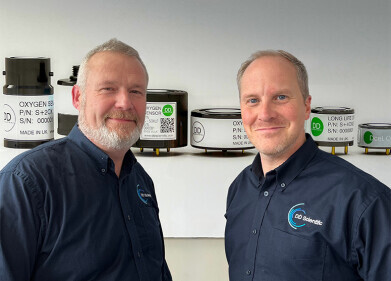Business News
Has Rio Tinto Poisoned Papua New Guinea's Rivers?
Oct 25 2020
British-Australian mining company Rio Tinto is under fire over accusations that a mine it abandoned in 1989 is still leaking damaging waste into the surrounding environment. Panguna mine on Bougainville Island was passed into the hands of the Papua New Guinean government over two decades ago, but over 150 people living on the island today claim their lives are being adversely impacted by the crumbling infrastructure.
The news comes after a torrid month for Rio Tinto. Earlier in September, the company’s CEO and two other senior executives were forced into resigning their posts when reports emerged that they had blown up two caves in Western Australia that had served as sacred sites to the local Aboriginal population for millennia.
A lengthy controversy
Once the biggest open pit copper gold mine in the world, Panguna still contains some of the largest reserves of the precious metals found anywhere on the planet. It was established in 1969 and began production three years later, with support from the government but vehement opposition from the local Bougainville community.
In addition to other complaints, they argued that Rio Tinto was responsible for contaminating the entirety of the Jaba River, as discharge of heavy metals was allowed to leak into the river untreated. They also alleged that Panguna had been responsible for causing birth defects among new-born babies and contributing to the extinction of the flying fox. Rio Tinto was implicated in the enforced segregation of races on the island, as well.
Continuing to contaminate
Rio Tinto passed its controlling stake in the mine to the Papua New Guinea government over 20 years ago, but it continues to contaminate to this very date. Modern high-resolution monitoring techniques are essential in river conservation, with locals claiming that the copper pollution is still ongoing and has resulted in serious health complications for the 12,000 people living in its vicinity.
“Our rivers are poisoned with copper, our homes get filled with dust from the tailings mounds, our kids get sick from the pollution,” explained Theonila Roka Matbob, an MP working in Bougainville. “These are not problems we can fix with our bare hands. We urgently need Rio Tinto to do what's right and deal with the disaster they have left behind.”
Under pressure
As well as evading its responsibilities in cleaning up the deteriorating mine infrastructure and handling the complex process of recycling the precious metals contained therein, Rio Tinto are also embroiled in another scandal in Australia. Last month, news emerged that the mining tycoon had exploded two ancient rock shelters in Pilbara in Western Australia.
The demolition had gone ahead despite the fact that the caves traditionally belonged to Aboriginal leaders. The site was thought to be one of the most significant archaeological finds in the whole of Australia, with signs of human habitation dating back around 46,000 years. The fallout from the scandal resulted in the resignation of Rio Tinto’s head honcho and two other senior executives.
Digital Edition
IET 34.2 March 2024
April 2024
Gas Detection - Biogas batch fermentation system for laboratory use with automatic gas analysis in real time Water/Wastewater - Upcycling sensors for sustainable nature management - Prist...
View all digital editions
Events
Apr 30 2024 Melbourne, Australia
Apr 30 2024 Birmingham, UK
May 03 2024 Seoul, South Korea
May 05 2024 Seville, Spain
May 06 2024 Minneapolis, MN, USA



















